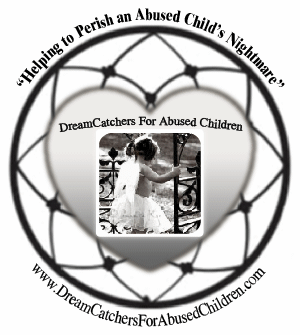Is Your Congregation Safe from Child Sex Abuse?
It can happen in your congregation, too.
The crisis in the Roman Catholic Church is a stark reminder that people we love and admire may turn out to be sex offenders, capable of causing irreparable damage to young lives. Various studies indicate that a not-insignificant minority of adults (perhaps 3 to 20%) may experience some sexual arousal toward children or teenagers. Most do not act on their attractions, but some do — and they could well be some of the “nicest” people you know.
Despite the media myth that children are abused by strangers, in 90% of child sexual abuse cases, children know their abusers well. They are family members, teachers, scout leaders, athletic coaches, neighbors, babysitters and, as the world now knows, clergy.
Places of worship should be, and usually are, safe havens from the dangers of the world. Still, every congregation must implement policies and practices to reduce the possibility of sexual abuse. These policies can help to protect not just children, but also the adolescents and vulnerable adults in your community.
The following is a checklist of 10 critical steps that can help reduce the potential for abuse in your congregation:
- Develop and implement a “Safe Congregation” policy that prescribes a code of ethical behavior and enunciates the congregation’s safety procedures. Make sure congregants know about the policy. Provide copies to all employees, volunteers and job applicants. Let it be known that your faith community does everything possible to protect its members from abuse and harassment.
- Create a Safe Congregations Committee or a Sexual Misconduct and Abuse Response Team, and provide them with the skills training they need to be effective guardians of the congregation. This committee will be responsible for adopting and enforcing safety policies, communicating with the congregation, and reporting regularly to the congregation’s leadership.
- Implement annual training for all volunteers in the religious education program so that they can recognize signs of possible sexual abuse and know what actions to take.
- Know your state’s laws about reporting concerns about child abuse. Make sure the pastor or rabbi, religious education director and board chair understand the procedures to follow. Unless they are mandated reporters (required by state law to report suspected child abuse directly to the authorities), religious educators and volunteers should have a clear policy about how and when to alert the professional ministerial staff about potential abuse.
- Adopt a screening form for all employees and volunteers (adults and teenagers) who work with children and youth. The form should ask directly about histories of sexual offenses. The use of a screening form in and of itself may deter someone looking for easy access to children. Rigorous screening procedures demonstrate that your congregation is committed to being a safe place for children.
- Implement a policy requiring that two adults be present in every class or program for children and youth, as well as in vehicles transporting young people to activities.
- Offer annual adult education programs on sexual abuse prevention for parents and families, as well as for religious education teachers.
- Offer regular sexuality education programs for children and adolescents as well, including sex abuse prevention, so they know how to recognize when an adult is acting inappropriately toward them. Every child, from the age of three onward, can learn “No, Go, Tell” – say no to the abuse, leave the situation as soon as possible, and tell a parent or trusted adult if someone tries to touch them or asks them to keep a secret about touching. Tell children that their religious educator, minister or rabbi, or youth leader can help them.
- Be sure adults in your congregation (including youth ministers) understand the difference between working with youth and becoming their friends. Healthy adults do not seek friendships with children and teens. An unhealthy relationship initiated by a sex offender may begin as a mentor or friend relationship as the offender “grooms” the child for intimate behaviors.
- Create and distribute a referral list of local organizations and therapists who specialize in sexual abuse prevention and treatment. Ask for help when you need it.
READ MORE:
---------------------------------------------By the time you finish reading this, 15 children will have been abused; In the next five minutes, 30 more; Within the next hour, 360 more; And by tonight, close to 8,000+ children will have suffered from abuse, 5 of which will die. Child abuse has increased 134% since 1980 and is now considered a worldwide epidemic. The high jump in child abuse deaths and the shocking increase in statistics highlights the frightening lack of public knowledge.
Educate Yourself -- Learn the Facts
It May Just Save a Child's Life!!


















![Validate my RSS feed [Valid RSS]](http://dreamcatchersforabusedchildren.com/wp-content/uploads/2009/10/valid-rss.png)












